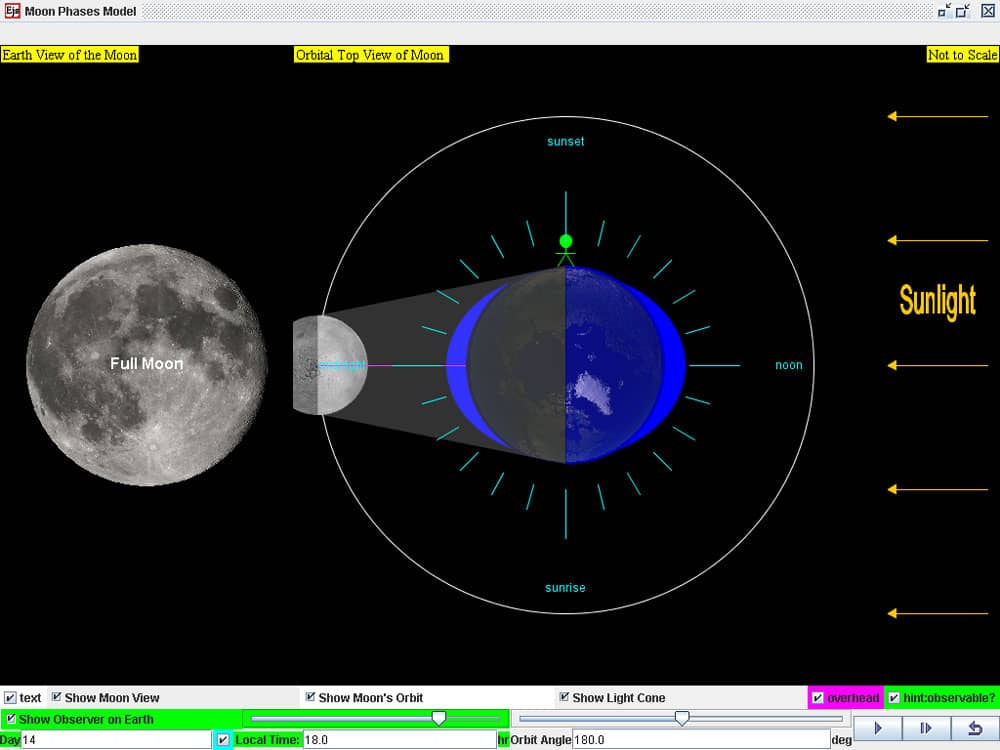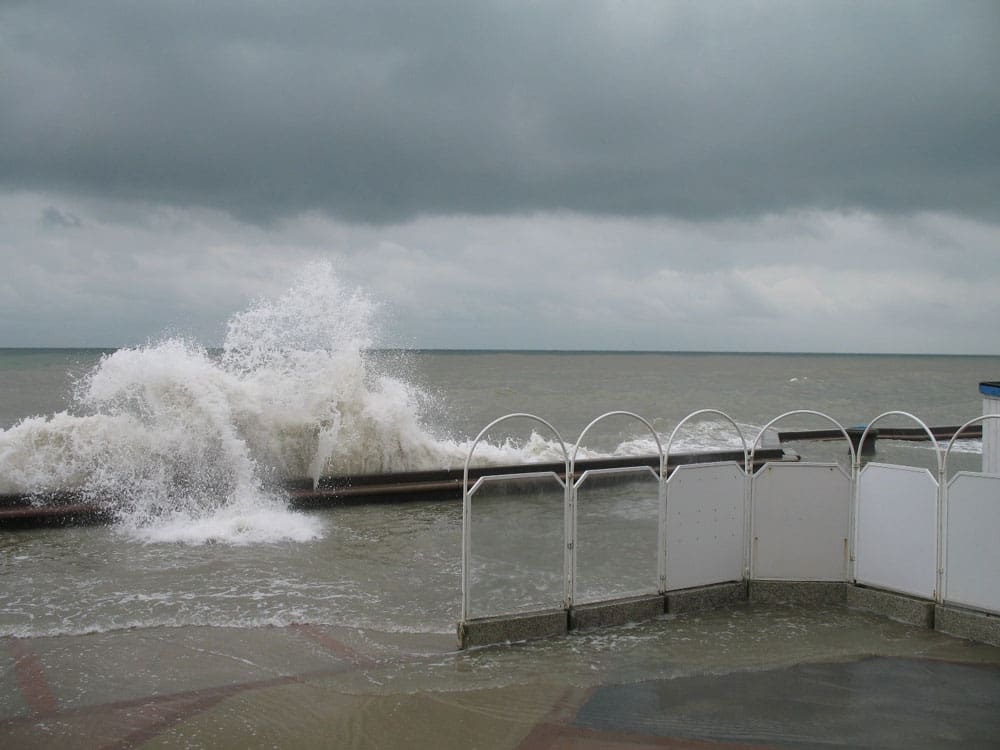Most of us have heard of tides, and we generally know that they are what causes the water level at the beach to go up and down, but have you ever looked into the mechanics of how tides work? The cause of tides is actually quite interesting, and is the result of many factors interacting. In this article, we will look why we have tides, how they form, the role of the moon in tides and the different types that occur.
Why Do We Have Tides?
We have tides because the planet we live on is affected by gravity. The earth has its own gravitational pull, and it is effected by the pull of the Sun and the Moon. The moon is the primary cause of the tides each day, but the sun also affects them considerably. Each day the earth makes one complete orbit, so that each point on earth passes by the moon about one time; more or less. This varies because the moon’s orbit around earth takes 27.32 days, so it is moving and changes the time of the tide each day slightly; approximately by 50 minutes. The moon pulls on the earth and the water, so the water bulges at the point on earth which is nearest to the moon as it passes by. This is because gravity is pulling on it stronger than anywhere else on the planet. The water bulges on the side directly on the other side of the earth as well due to experiencing the least amount of gravitational pull from the moon.

As the earth rotates, the point which is closest to the sun will also experience a pull, though less noticeable. You can imagine a large magnet placed in the middle of a circle, then a medium magnet circling around the large magnet, and a small magnet going around the medium one. Each are pulling on each other at all times to varying degrees. Being that water is fluid, the effect is easy to see on the oceans. It is also important to note that both the earth and the moon have elliptical orbits, so the distance between the Sun and Earth, and Moon and Earth, vary throughout the year, which effect the strength of the tides.
How Tides Form
Tides form when the water on the Earth is pulled towards the Moon and Sun. Just as the Earth has its own gravitational force, that exerts a force on everything on the surface, the moon also has a gravitational force that pulls on anything within its orbit. Although the moon is 384,400 km away from the Earth, its gravitational field is strong enough to affect us. This causes the water to ‘bulge’ outwards. As the Moon orbits our planet, while our Earth is rotating, this ‘bulge’ also moves along with it. The areas of the Earth where the bulging of the water is occurring are known to be experiencing high tides, while the other areas where the water is pulled away from, experience a low tide. The surface of our planet is also affected, but because it is solid rock, it is not as discernible as what is seen on the water.
The Moon’s Effect on the Tides
As the moon orbits the Earth, it’s always closer to one side of our planet than the other. This works out to be about 6,370 km closer on one side than the other, which is significant enough of a distance that the gravity of the moon exerts a 3.4% stronger force on the side closer to it. This difference in forces between the nearest side, the center of the Earth, and the far side, forms what are called tidal forces. This is why tides are strongest and most evident along the equator, as the effect of the moon’s gravity on the Earth pulls the Earth’s center towards the moon, it flattens the earth at the poles. This stretches the Earth on the nearest side to the Moon, while.
Another way of visualizing this process, is to see the gravitational force of the Moon causing the Earth to accelerate slightly towards it, causing the water to get pulled towards the Moon faster than the solid rock on the side nearest the Moon. On the furthest side of the Earth from the Moon, the solid Earth ‘leaves behind’ some of the water, which is not as strongly accelerated towards the Moon as the Earth is. This produces the bulge on the ‘back side’ of the Earth.
Solid ground remains mostly spherical in shape, but the oceans will tend to bulge by just a few meters at the two spots around the equator, which is the point closest to the Moon, and the point furthest away from the Moon. As solid ground rotates, each point on the Earth passes through the side closes to the Moon and the side furthest away from the moon once per day. These are the two high tides in a day. The two times that correspond with moonrise and moonset are the two low tides each day. Commonly, there are two high tides in a little over a 24 hour period, with each high tide happening approximately 12 hours and 25 minutes between each tide. Tides also occur as two high tides and two low tides each day, known as semi-diurnal. But they do not take place at the same time each day, because as mentioned, the moon takes slightly longer than 24 hours to line up again exactly with the same point on earth. This is why there’s a staggered timing of the tide happening again, commencing roughly 24 hours and 50 minutes later than the one preceding it.
Types of Tides
The highest high tides are called Spring tides, while the lowest low tides are called Neap tides. These tides happen when the Sun and the Moon are aligned in the sky, during the New Moon and Full Moon. When the gravitational forces of both the Sun and the Moon are combined, the overall pull causes correspondingly higher and lower tides than when they are not aligned, and the moons gravitational pull acts without the added pull of the Sun. There is also a rare, unusually high tide called the Proxigean Spring Tide. This occurs when the moon is both exceptionally close to the Earth, known as the closest perigee, and in the New Moon phases. This occurs at most once every 1.5 years.

While tidal movements take place every day, predicting the exact timings of high and low tides can be a complicated business. Doing so requires tracking the motion of the Moon, the Sun, the moon’s angular height above the equator, local geography of the coastline, and many other factors. This is why the most accurate predictions are often the result of tide prediction tables that have integrated data from actual observation over a long period of time.
